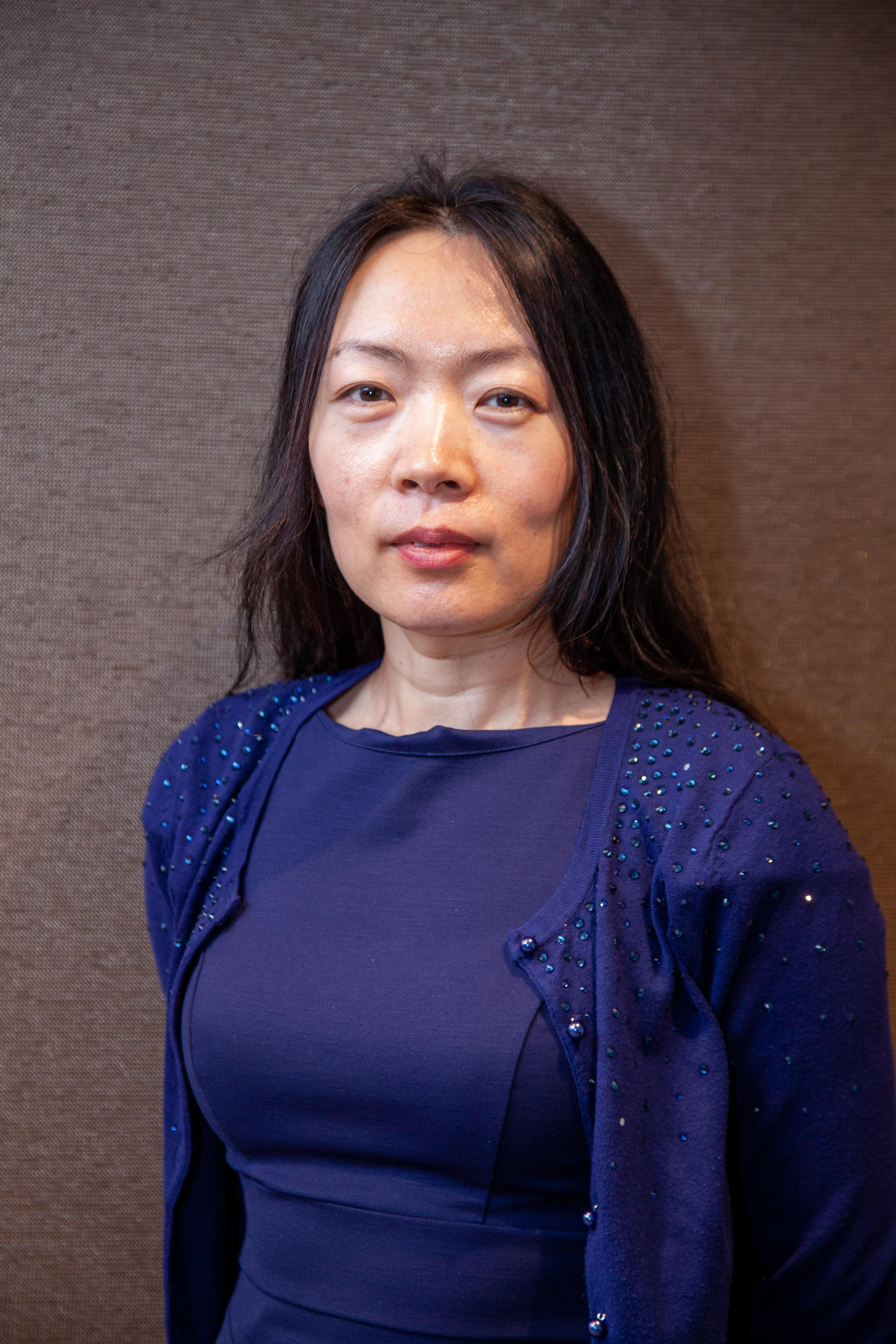
Watch Dr Lin Zhang accept her research grant and hear a bit about the project.
Project Summary:
Migraine is the leading cause of neurological disability in Australia, with significant disruption to work and social engagement producing an annual economic cost estimated at $35.7 billion. Neck pain with muscle tension is a frequent complaint in migraine, often associated with significant symptom related disability. However, the pathophysiological mechanism of this phenomenon is poorly understood, and targeted treatment is lacking.
Our study aims to determine whether there may be a link between the neck muscle spasm in migraine and cervical dystonia. The latter is a much rarer neurological condition occuring in 5-9/100,000 people, producing painful involuntary neck muscle contractions, causing abnormal head postures. Co-exisiting migraine and cervical dystonia has been observed and reported clinically. This probably only explains the minority cases of migraine with neck pain based on published studies as well as premilinary data of our current observational study. The nature of overly active neck muscles in the majority cases of migraine remains unknown.
This project is the first study using magnetic resonance imaging (MRI) to investigate and to compare activated neck muscles in patients with migraine and patients with cervical dystonia. Several early studies have shown that T2 relaxation time sequences can distinguish changes in muscles after exercise compared to resting muscles, due to the shift of water into muscles that are have been actively contracting. Moreover, the degree of muscle activation has a positive correlation to the level of signal shift on MRI. In this study, we will compare the muscle signal changes between patients with chronic migraine with neck muscle tension to healthy individuals and to patients with cervical dystonia, in which the neck muscles are actively contracting involuntarily, which should replicate the effect of voluntary exercise on MRI paradigms.
Knowledge gained from this project will potentially improve understanding of the nature and mechanism of neck pain in chronic migraine and justify consideration of new treatment options for this symptom of migraine, for example botulinum toxin injection into active neck muscles. In addition, it may provide a novel noninvasive tool to allow more precise target identification for botulinum toxin injection in cervical dystonia.
Research Outcome:
This study has obtained approval by Human Research Ethics Committee (HREC) with Alfred Health and testing for MRI protocol has been completed. There are three target patient groups which are: subjects with cervical dystonia (Group one), subjects with chronic migraine (Group two), subjects with migraine and muscle tension without cervical dystonia (Group three) and one healthy control group. Group one to three will be recruited from two Headache Clinics and one Cervical Dystonia Injection Clinic at The Alfred Hospital. All study participants will undergo physical assessment and a MRI scan following a standard protocol at The Alfred Hospital. We are currently actively recruiting participants, and anticipate to generate preliminary results in mid-2021.
As of Friday, 24th July 2020, the first subject in Group one has completed recruitment.



 The Brain Foundation is the largest, independent funder of brain and spinal injury research in Australia. We believe research is the pathway to recovery.
The Brain Foundation is the largest, independent funder of brain and spinal injury research in Australia. We believe research is the pathway to recovery.